Oh, come on, let’s be real – back in the crypto dark ages, every new app or service had to play the lonely hero, building their own validator squad from scratch. Oracles, data layers, bridges – all of them out there, flexing their independent security muscles like it’s some kind of blockchain beauty contest. But honestly, it just ends up a chaotic mess, with security locked in silos, costs through the roof, and scaling slower than my last diet plan. 😩
Enter EigenLayer, the cheeky upstart that’s like, ‘Why bother with all that when you can just borrow security from Ethereum‘s massive validator club?’ It’s genius in a lazy sort of way – turning your staked ETH into this versatile side hustle that can protect all sorts of Web3 shenanigans without breaking a sweat. 😂
Basically, it takes your boring old staked ETH and morphs it into a multitasking wonder, spreading its protective wings across the entire crypto landscape. Who knew staking could be so… promiscuous? 😘
Key Takeaways
- EigenLayer lets Ethereum validators reuse their staked ETH or those fancy LSTs to lock down extra services and pocket even more yield. Cha-ching! 💰
- It whips up this pooled, programmable security magic with AVSs, making everything more efficient and decentralized – because why not? 🤷♀️
- It boosts Ethereum’s modular vibe, letting innovation run wild without skimping on that crypto-economic security. Sneaky smart. 😎
What is EigenLayer?
EigenLayer is this brilliant, slightly mad protocol on Ethereum that introduces restaking – you know, that novel idea where you take your already-staked ETH (or LSTs like stETH or rETH) and put it to work securing other apps. It’s like giving your crypto a part-time job without asking for permission. 📈
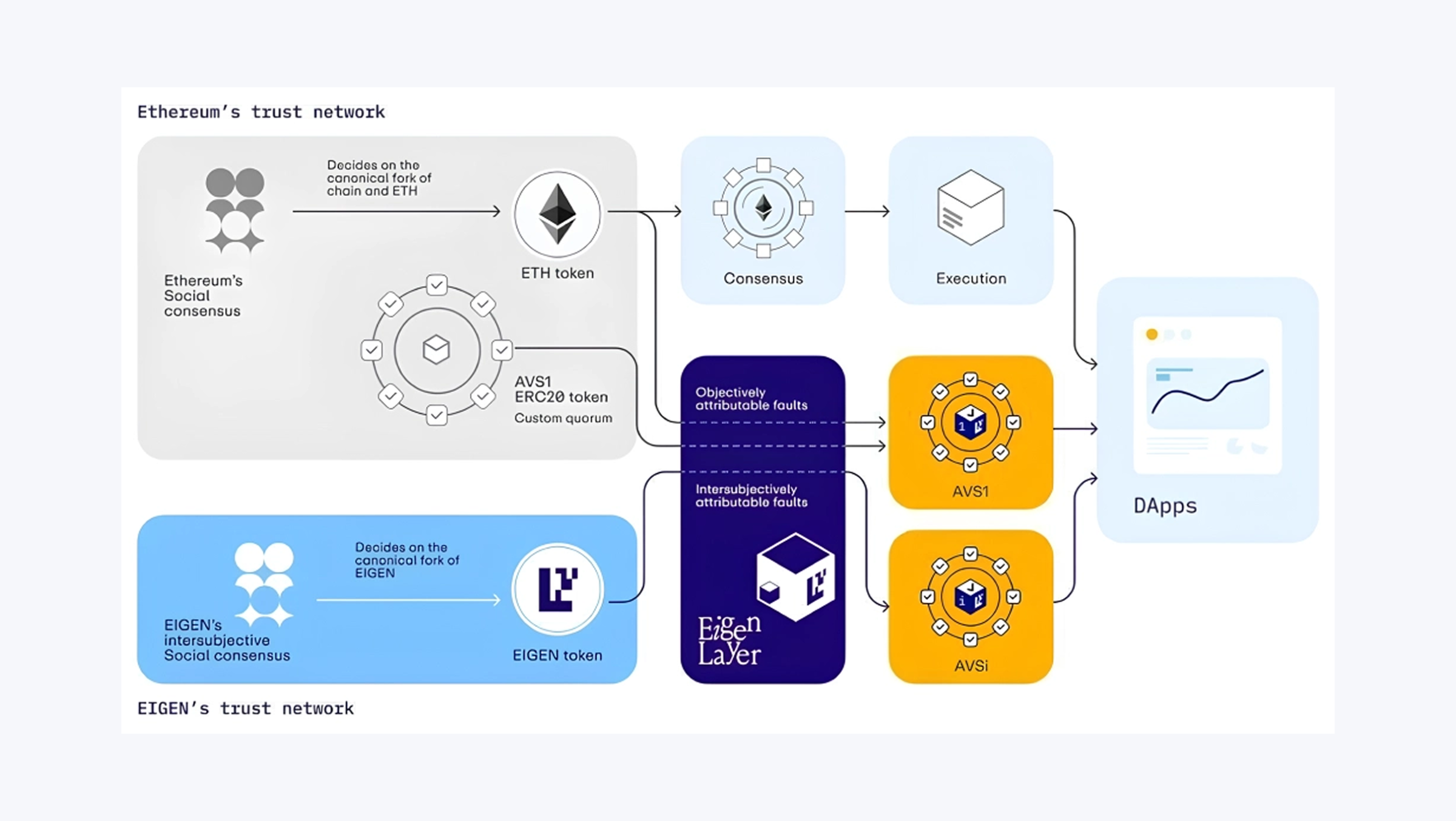
Imagine your staked ETH was just chilling, securing the Ethereum mainnet like a loyal guard dog. Now, with EigenLayer, it’s moonlighting as security for oracles, data layers, bridges, or rollups. And for taking on that extra risk – like getting slashed if things go sideways – you get more rewards. Because nothing says ‘fun’ like potential penalties, right? 😬

This whole setup is basically a marketplace for trust, where projects needing security can ‘rent’ it from Ethereum’s top-tier validators. No more wasting time and money bootstrapping their own networks – it’s like Uber for crypto security. Fast, convenient, and probably just as drama-filled. 🚕
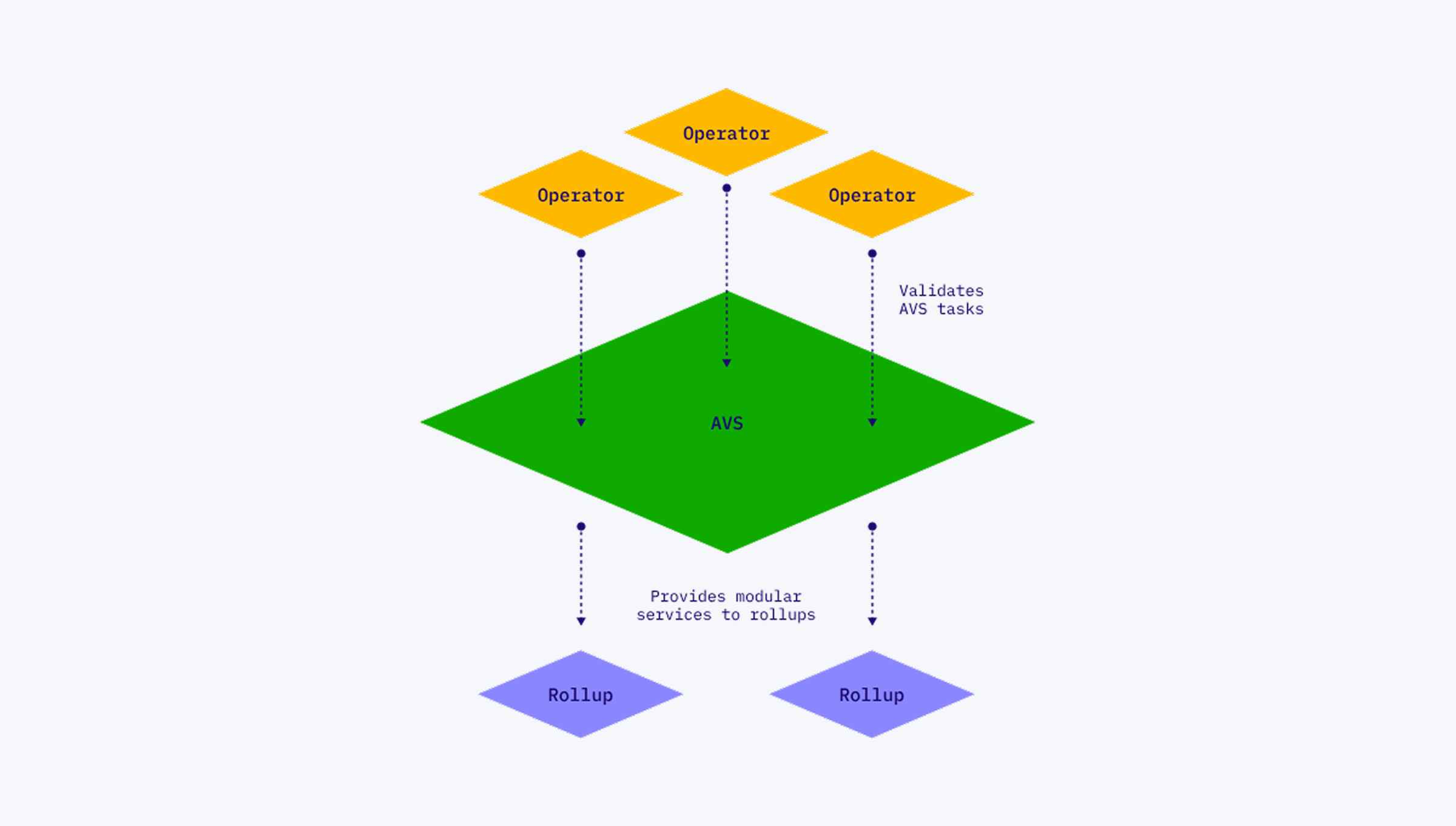
Everything’s run by smart contracts on Ethereum that handle the asset delegation and lay down the law. Mess up on an AVS – say, feeding bad data as an oracle – and bam, your staked ETH gets slashed. It’s that strict aunt at family gatherings enforcing the rules, but in code form. 🛡️

Fast Fact
EigenLayer’s the first to turn Ethereum’s validator set into this programmable trust bazaar, letting ETH play security guard for multiple services at once. Who knew ETH had such range? 🎭
Core Features of EigenLayer
EigenLayer shakes up the Ethereum world with some slick mechanisms that make security more flexible and, dare I say, fun. Let’s break it down without boring you to tears. 😴
Restaking by Smart Contracts
At its heart, it’s all about restaking via smart contracts. No need to unstake and reshuffle your assets – Ethereum validators and LST holders can just opt in and let their stake do double duty. It’s like recycling, but for crypto capital, and way more profitable. ♻️💸
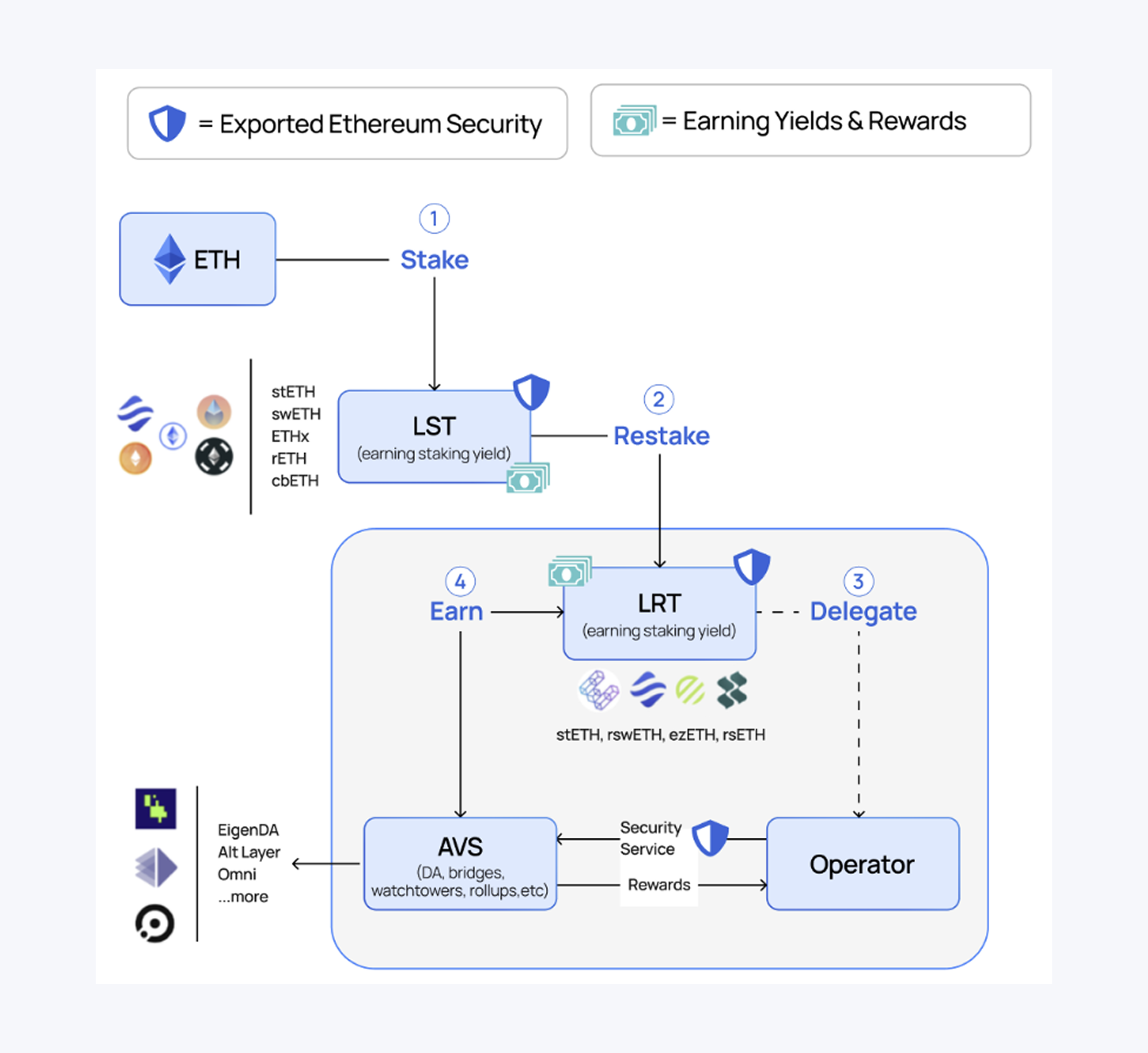
This extends your stake’s usefulness to a ton of services, cranking up efficiency without ditching Ethereum’s security ethos. In return, you snag extra rewards – ETH, AVS tokens, or maybe even Eigen tokens down the line. Because who doesn’t love more bling? ✨
Support for Multiple Services (AVSs)
It backs a whole circus of Actively Validated Services – think data layers, oracles, bridges, you name it. Each AVS has its own quirky rules and slashing logic, all enforced by EigenLayer’s smart contracts. Validators get to spread their assets thin, turning them into Swiss Army knives of security. 🔪
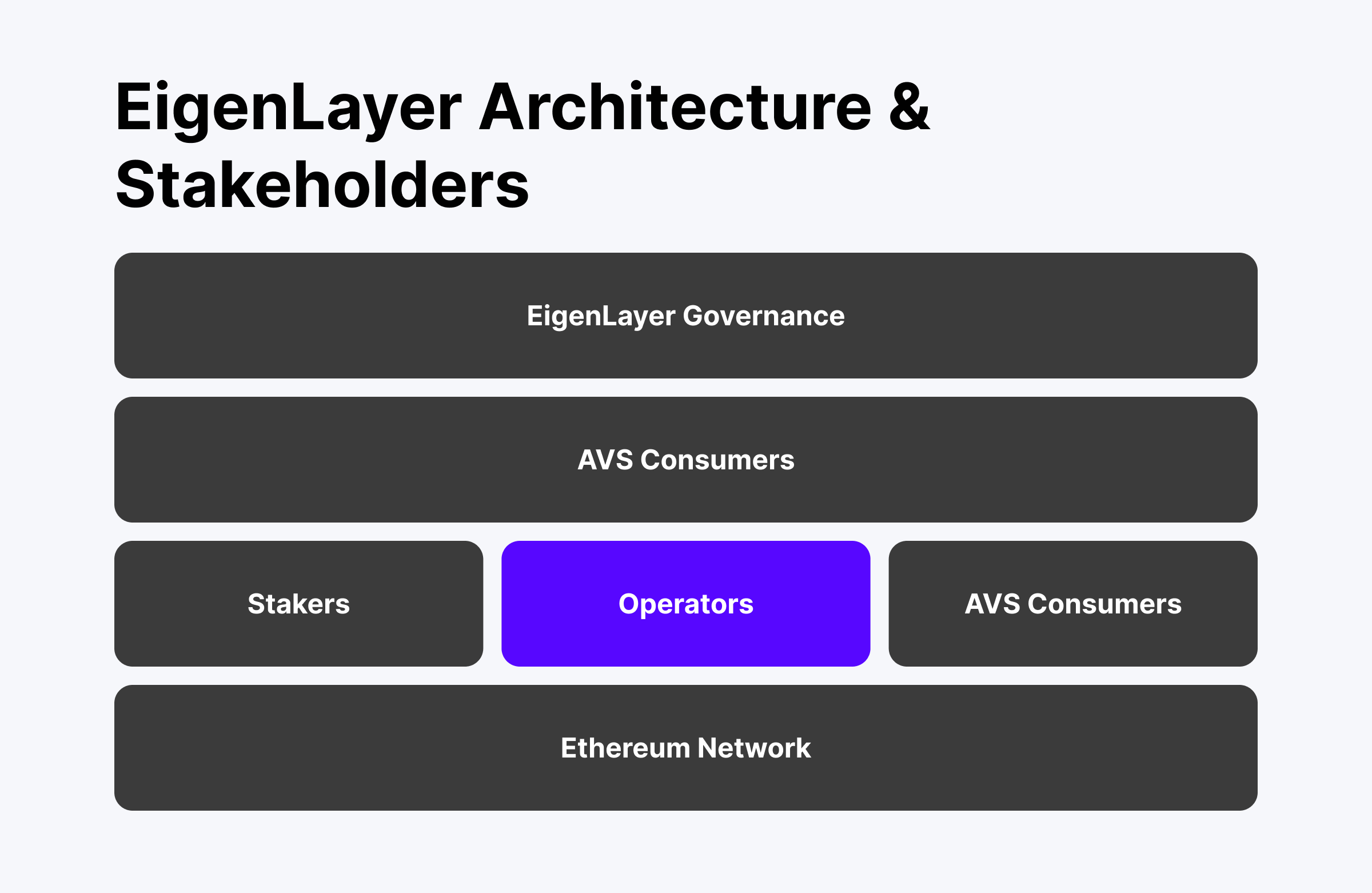
By jumping into multiple services, validators max out their asset utility, creating this pooled security pool party. Less capital wasted, more protocols secured – it’s efficient, decentralized, and honestly, a bit addictive. 🎉
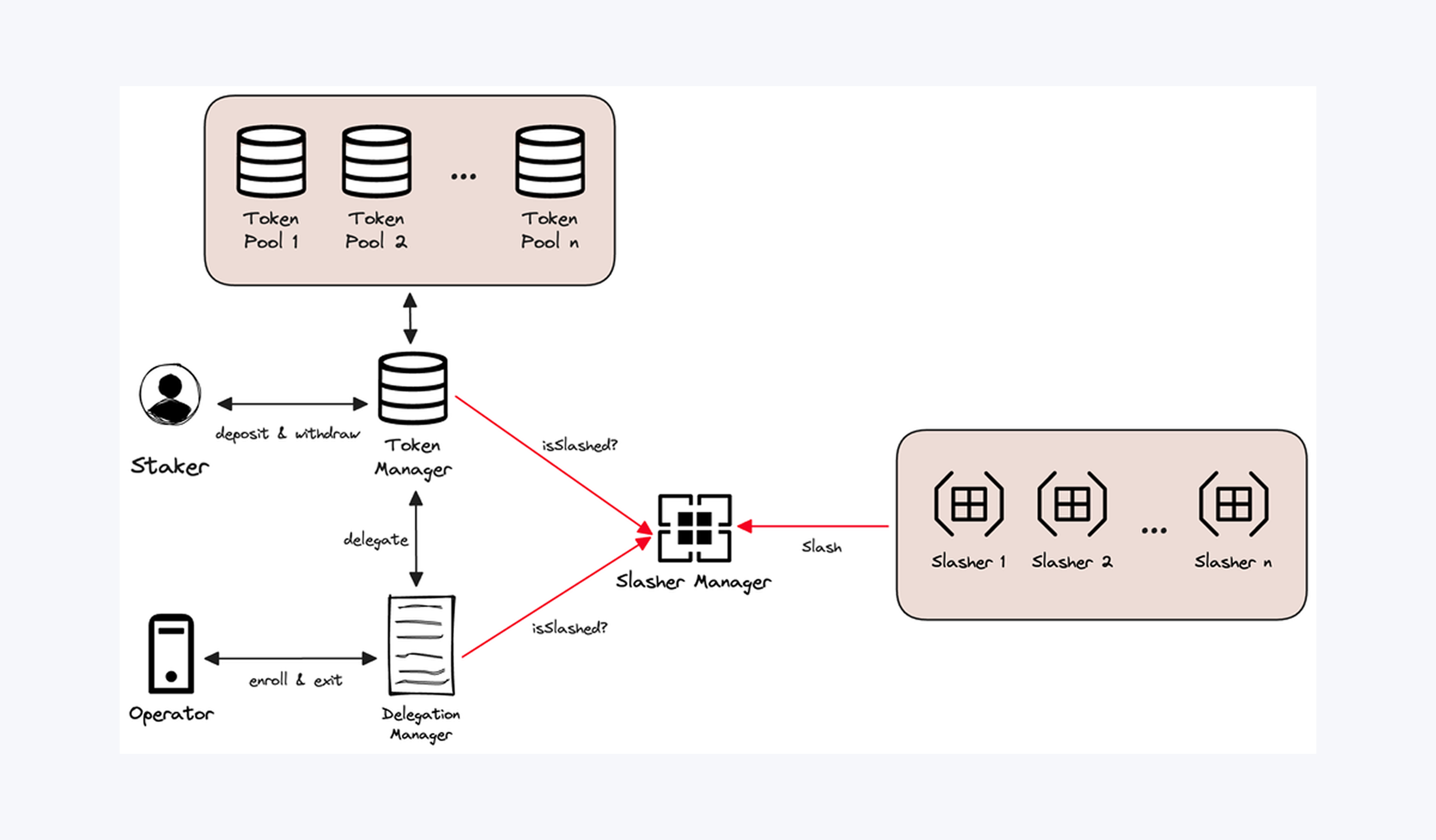
Cutting and Enforcing Security Measures
To keep things honest, there’s a solid slashing mechanism. Screw up on an AVS – like signing off on dodgy data – and your restaked assets get the chop. It’s all handled by smart contracts, ensuring faults are dealt with swiftly and fairly. No excuses, no mercy. ⚖️
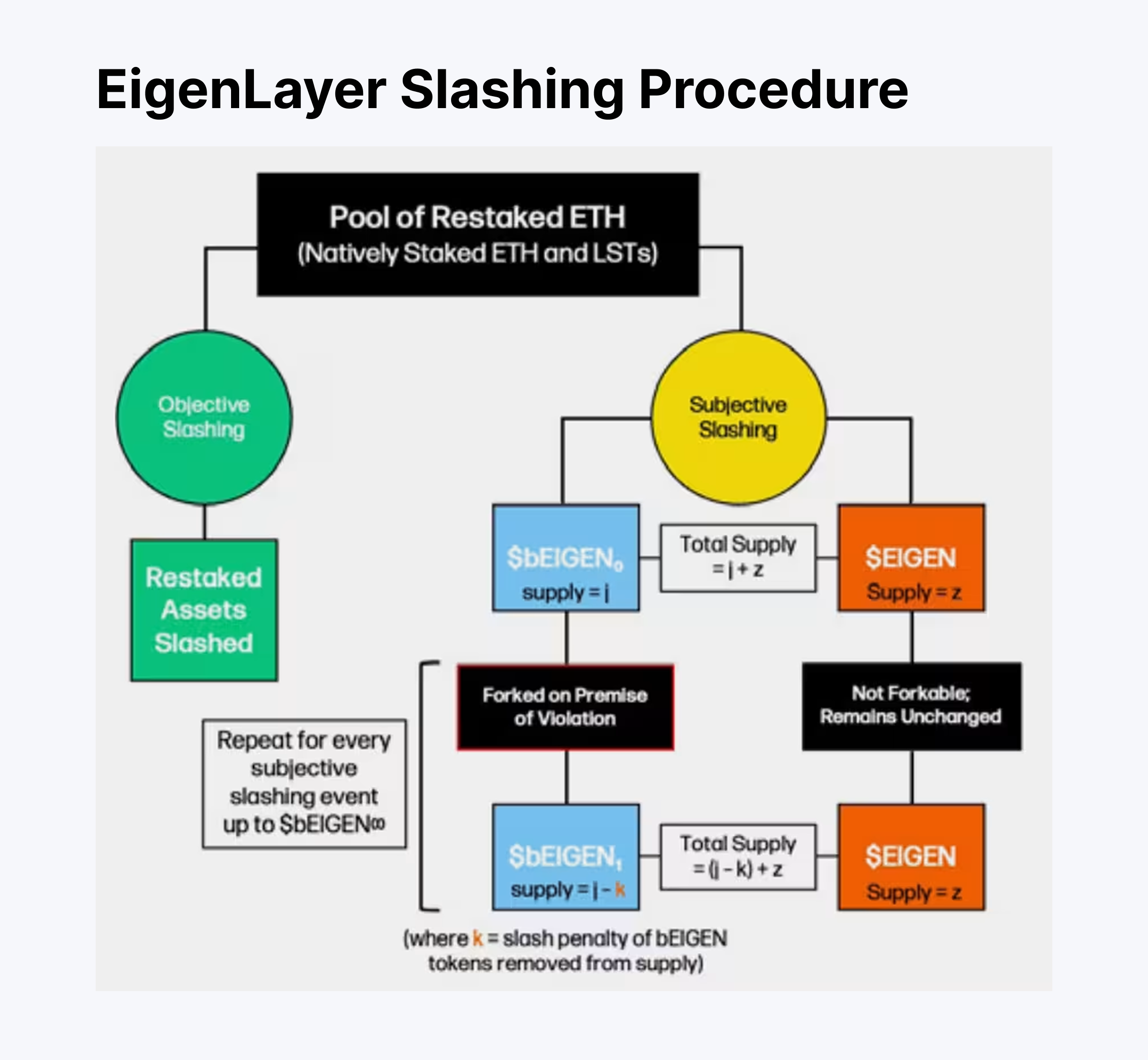
This setup lets future services piggyback on Ethereum’s validator strength without losing any decentralization cred. It’s trust, but make it programmable. Nerdy, but effective. 🤓
Opt-In Flexibility and Customization
It’s all opt-in and super customizable – validators pick their AVS battles, and services set their own slashing rules. You choose your risks, like picking your poison at a cocktail party. Stake what you want, where you want, fostering a wild, permissionless ecosystem. 🍸
This modularity means everyone collaborates based on trust, scaling up without the drama. It’s like a blockchain matchmaking service, but with less heartbreak. ❤️🩹
Yield Aggregation and Alignment of Incentives
EigenLayer’s incentive game is top-notch – LST holders and validators get bonus rewards on top of their Ethereum staking. The restaking APY fluctuates with demand, making it economically tempting to join the party. More yield, more efficiency, and a market for trust that’s actually exciting. 📊
Long-term, it optimizes blockchain capital like a pro, aligning incentives so everyone wins. Or at least, that’s the plan – fingers crossed it doesn’t all go sideways. 🤞
Modular, Programmable Security Layer
Say goodbye to old-school siloed security; EigenLayer brings a composable, programmable layer that’s pure innovation. It decouples validator services from Ethereum’s core, opening doors to new apps without the usual risks. It’s security for the masses, minus the fragmentation – a win-win, or so they say. 😏
Ultimately, it’s the backbone for next-gen Web3, making everything more secure and scalable. Because who doesn’t want world-class protection without the hassle? 🌐
Use Cases and Applications of EigenLayer
EigenLayer is flipping the script on how we handle security in blockchain – making it cheaper, faster, and way more fun. Here are some standout uses that are already turning heads. 👀
Middleware Security: Oracles, Bridges, and Beyond
Middleware like oracles and bridges are the unsung heroes of DeFi, but their security is often a joke – weak, fragmented, and slow to build. EigenLayer steps in, letting them tap into Ethereum’s security pool via restaking. No more token launches or validator bootstrapping – just solid protection and extra rewards for restakers. Win-win, or should I say, ‘win-winline’? 😂
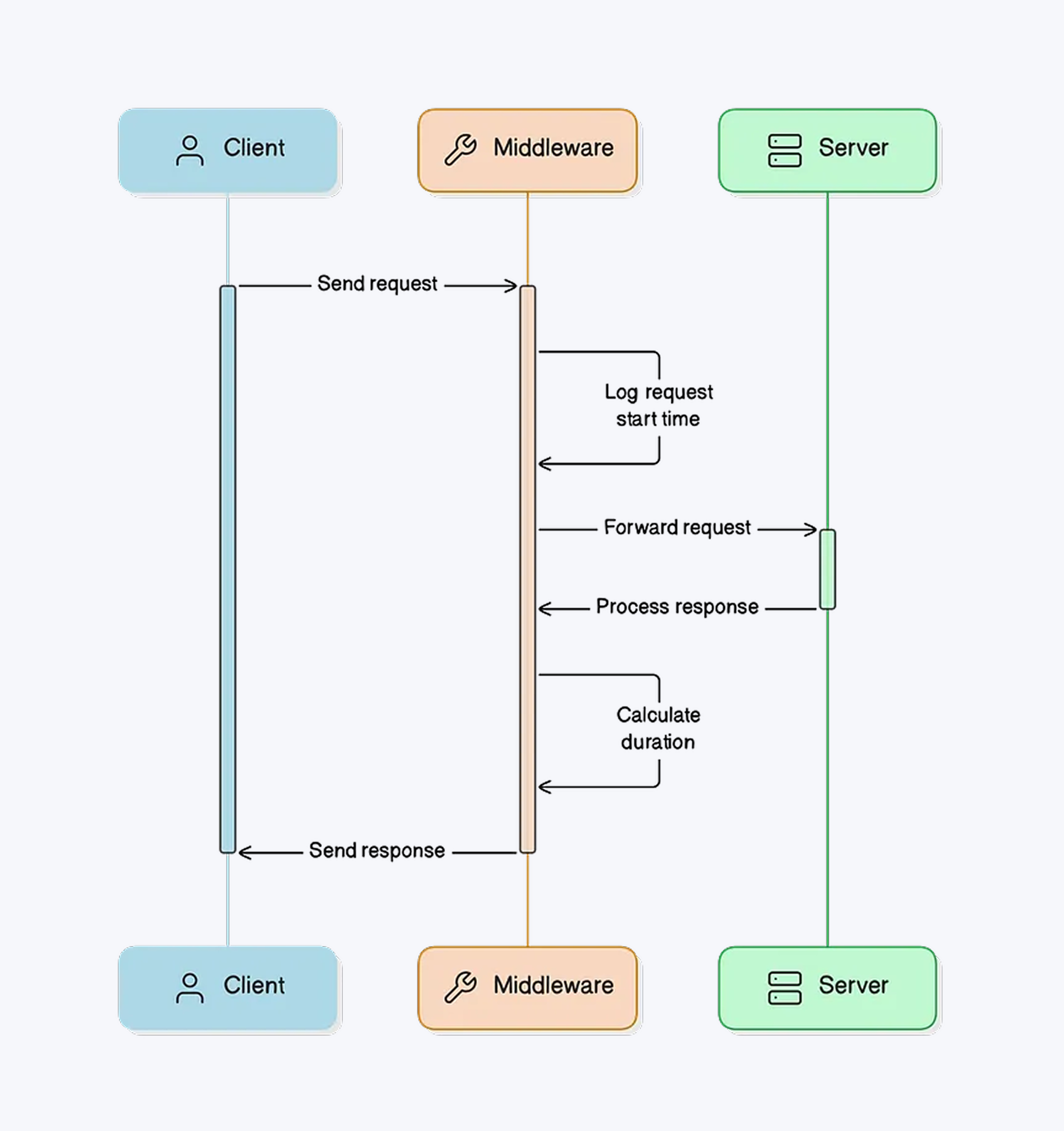
For instance, oracles can ensure data integrity with slashing threats, and bridges can zap malicious actors. It’s like having a bouncer at the door, but digital and way less intimidating. 🚪
Fast Finality Layers
//cryptorisen.com/app/uploads/2025/07/Casper-FFG-in-Ethereum-2.0.png”/>
Data Availability Layers
For rollups scaling Ethereum, data availability is crucial – without it, everything grinds to a halt. EigenLayer lets you build and secure these layers with restaking, slashing bad actors and ensuring data’s always there. No need for new validators or token inflation – just lean on Ethereum’s might and pay for premium service. It’s efficient, resilient, and honestly, a lifesaver. 🛟
As Ethereum goes modular, EigenLayer-backed data layers are the cheap, decentralized dream. No more data dramas – just smooth sailing. 🌊
Rising Decentralized Services
EigenLayer’s flexible enough for all sorts of emerging services. Like machine learning networks with AI outputs protected by slashing, or zero-knowledge proof layers with ironclad security. Even consensus overlays for L2s or tokenless protocols that skip the token grind. It’s a playground for innovation, all backed by Ethereum’s validators. Playtime’s over, folks – time to build. 🛠️
- Machine learning inference networks: AI with teeth – mess up, and get slashed. 😠
- Zero-Knowledge Proof Attestation Layers: Validate proofs securely, no fuss. 🔒
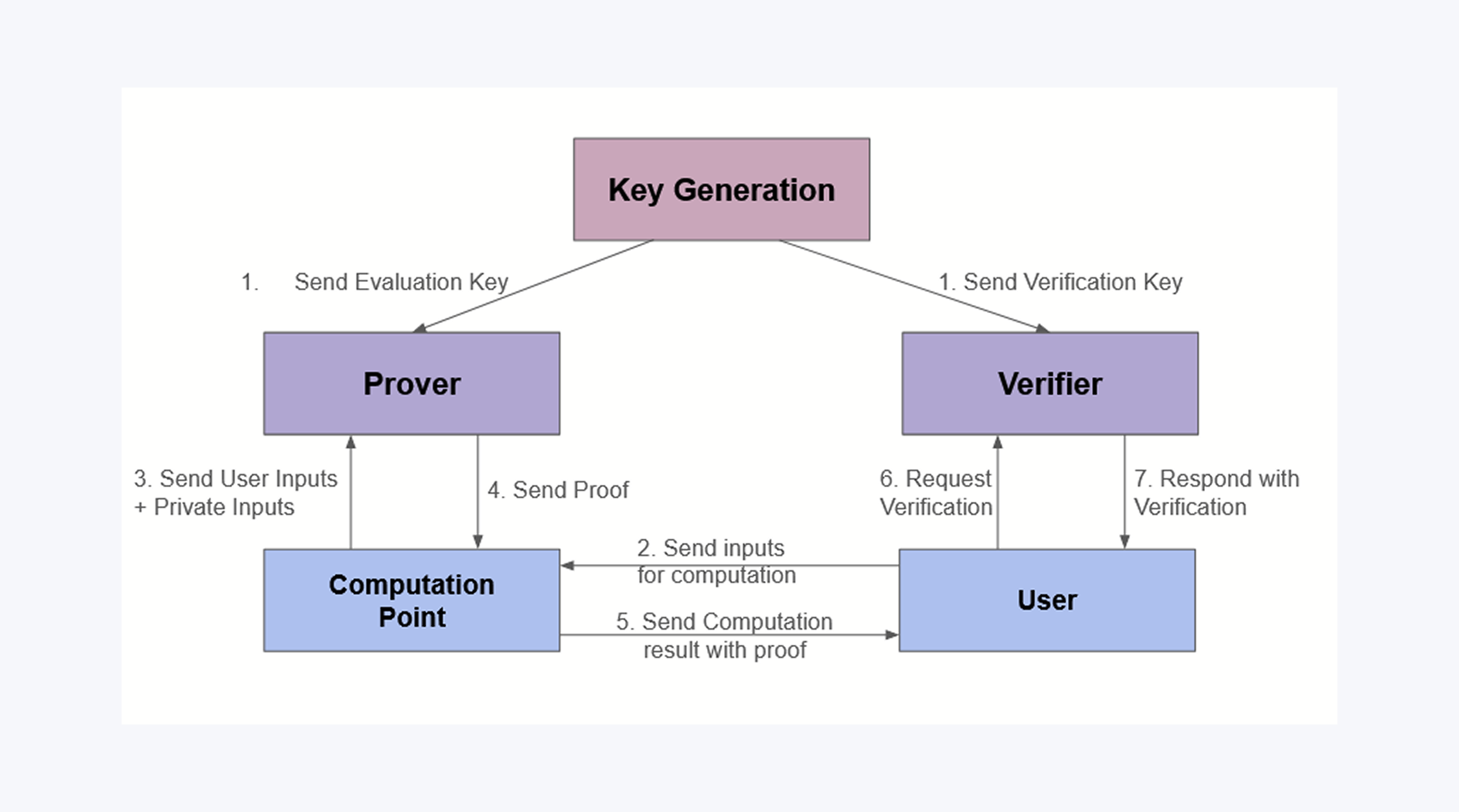
- Consensus overlays: L2s hitching a ride on Ethereum’s strength. 🛤️
- Tokenless protocols: Skip the token hype, just use EigenLayer’s magic. 🎩
The ecosystem’s perfect for experimenting, with security as the safety net. What’s not to love? ❤️
EigenLayer vs. Other Security Models
EigenLayer’s shaking things up with its restaking wizardry, so let’s compare it to the old guard – like Polkadot‘s shared security or Ethereum’s rollup scene. Spoiler: it’s sassier. 😏
Comparison with Traditional Shared Security
Polkadot was the pioneer with its shared security model – parachains all tied to a relay chain and one validator set. It’s solid, but rigid as hell, with auctions for slots that sound more like a nightmare than innovation. Who wants to bid for security? 🙄
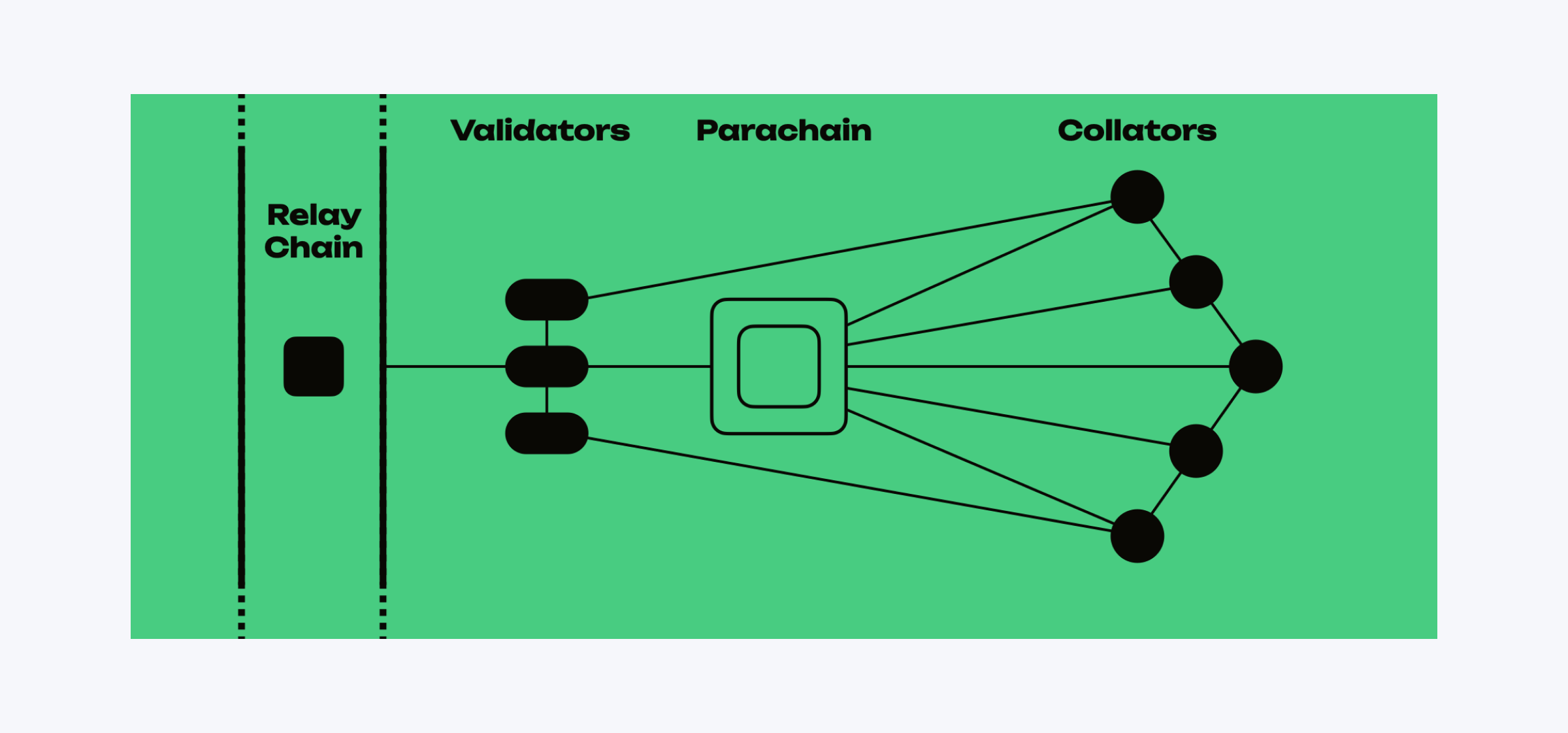
EigenLayer’s more chill – no auctions, just opt-in restaking on Ethereum. Any dev can join the party, making it permissionless and diverse. Trust allocation’s dynamic, not dictated by some central committee. Freedom never felt so good. 🕊️
EigenLayer vs. Rollup-Centric Models
Rollups are Ethereum’s scaling darlings, but they’re not perfect – great for finality, but weak in daily ops like sequencing or data. They often end up building their own security stacks, which is tedious and redundant. EigenLayer steps in, adding restaking for those gaps. Deploy an AVS for fast finality or decentralized sequencing, all with slashing backup. It’s like rollups got a glow-up. 💄
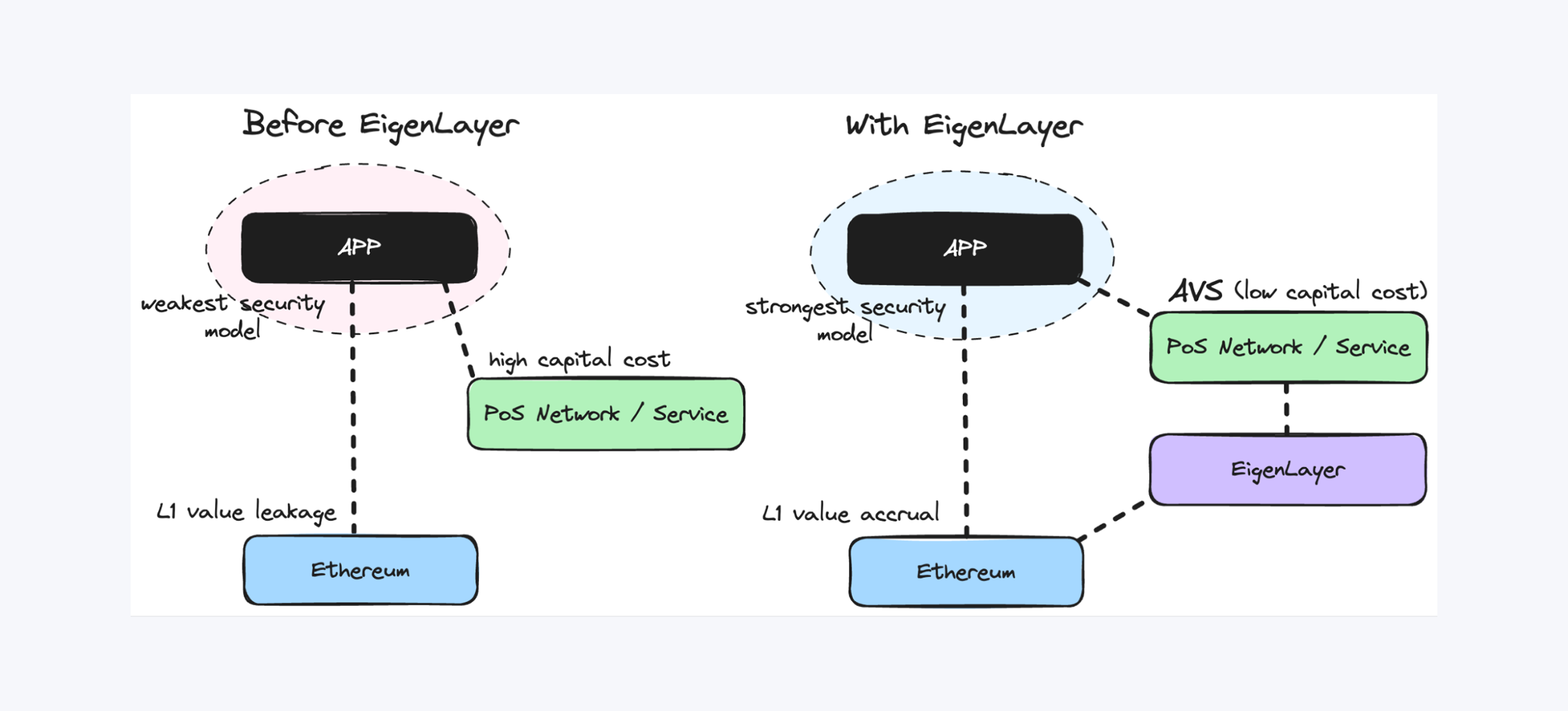
This cuts costs and boosts composability, making Layer-2 life easier. Why reinvent when you can reuse? Smart, if you ask me. 🤓
Role in Ethereum’s Modular Architecture
Ethereum’s heading towards this modular utopia, with layers for everything. EigenLayer fits right in, acting as the glue that connects services to Ethereum’s security without the mess. It’s a marketplace where protocols can customize their security on the fly, and restakers monetize their stakes. Incentives aligned, innovation fueled – it’s the future, and it’s modular AF. 🧩
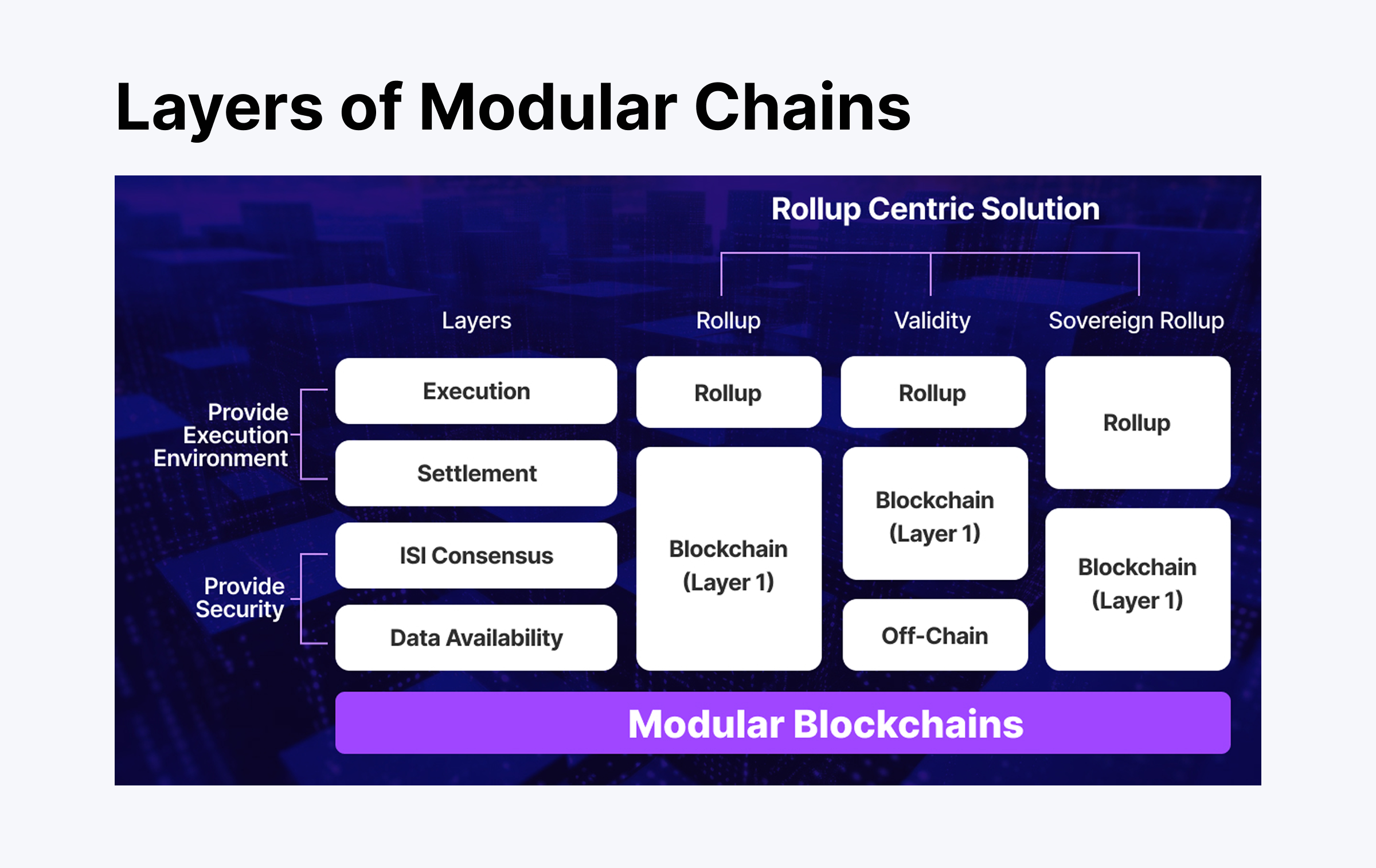
Conclusion
EigenLayer isn’t just keeping up; it’s rewriting the playbook. By turning staked ETH into a security multitool, it lets validators protect more than just Ethereum – creating a pooled security dream for a modular world. Capital’s efficient, trust’s flexible, and innovation’s less of a headache. Whether you’re building the next big thing or just chasing yield, EigenLayer’s your cheeky companion. It’s not just a protocol – it’s a revolution with a sense of humor. 😂
FAQ
What is restaking in EigenLayer? Restaking? Oh, it’s when you take your already-staked ETH or LSTs and use them to secure other apps for extra rewards. Lazy genius, really. 😏
What are AVSs in EigenLayer? AVSs are Actively Validated Services – basically, protocols like oracles or bridges that rent security from Ethereum instead of doing all the hard work themselves. Smart move. 🤝
Can I use liquid staking tokens with EigenLayer? Absolutely, it supports LSTs like stETH, rETH, and cbETH. No need to run a validator – just sit back and let the magic happen. 🛋️
What rewards can I earn through EigenLayer? Beyond your standard Ethereum rewards, you get bonuses from the AVSs you’re securing – could be ETH, native tokens, or that juicy restaking APY. More money, less effort – sign me up! 💰
Read More
- USD VES PREDICTION
- USD PLN PREDICTION
- FIL PREDICTION. FIL cryptocurrency
- EUR CNY PREDICTION
- JUP PREDICTION. JUP cryptocurrency
- BTC PREDICTION. BTC cryptocurrency
- INJ PREDICTION. INJ cryptocurrency
- JPY KRW PREDICTION
- ONDO PREDICTION. ONDO cryptocurrency
- GBP EUR PREDICTION
2025-07-21 13:18